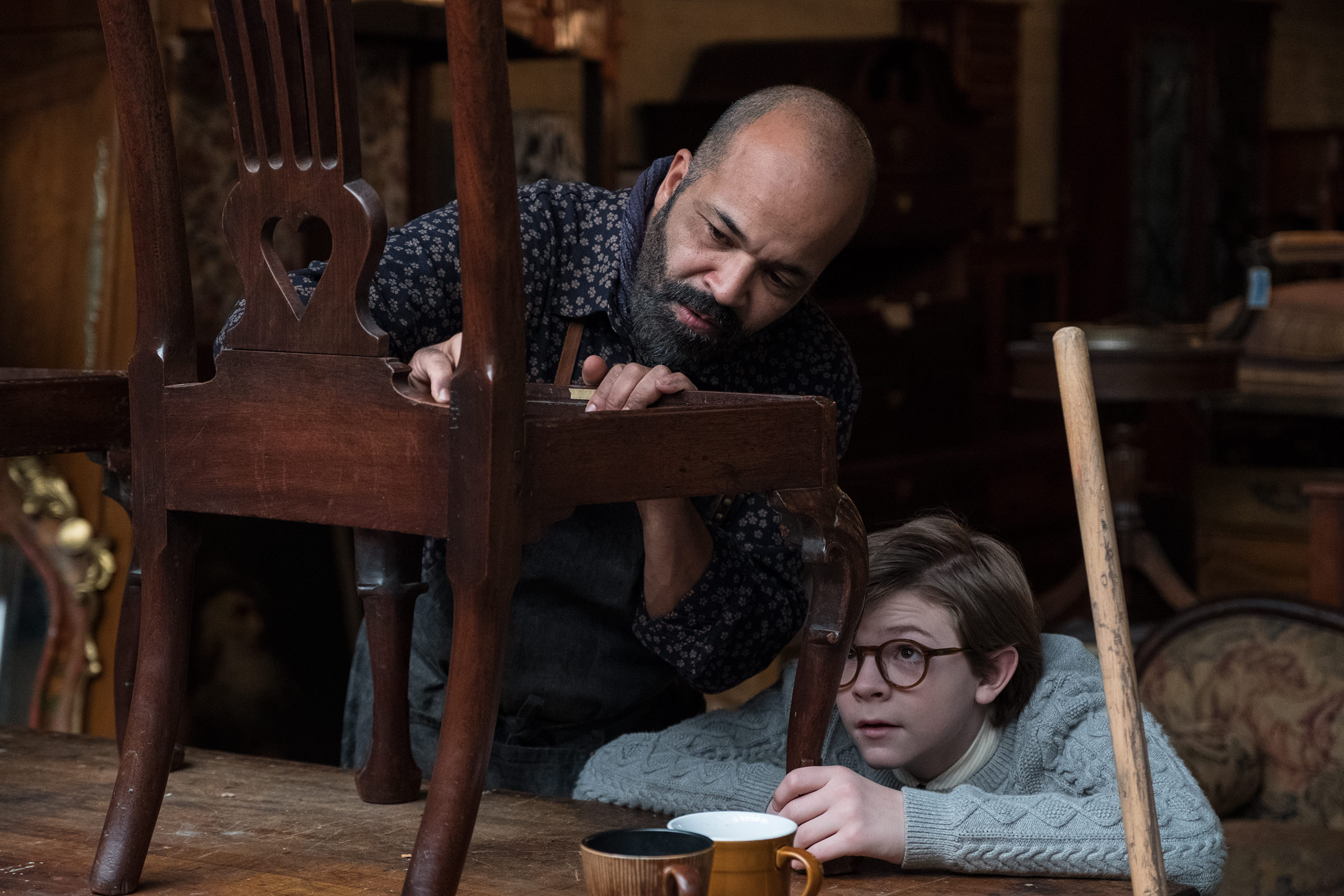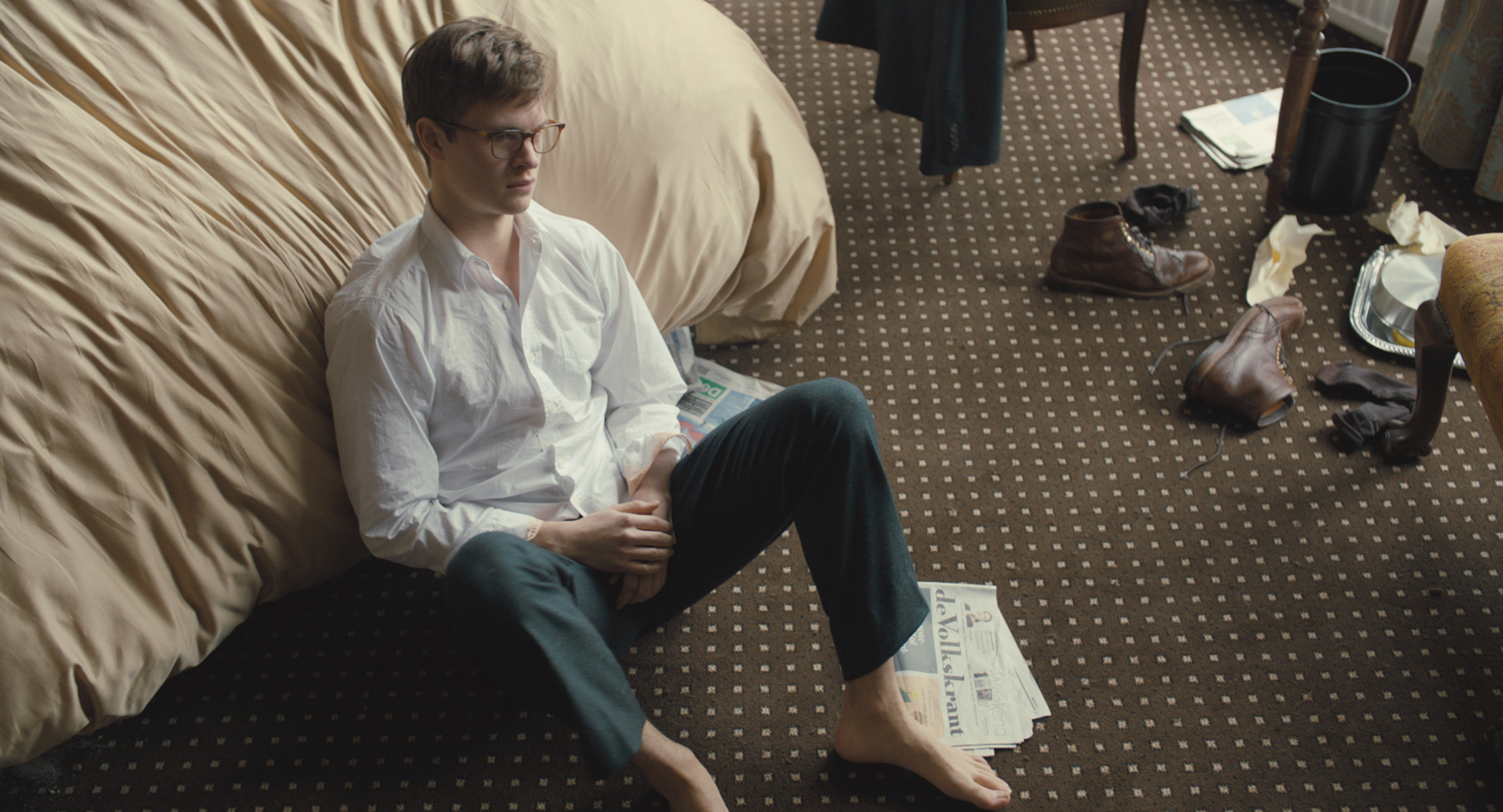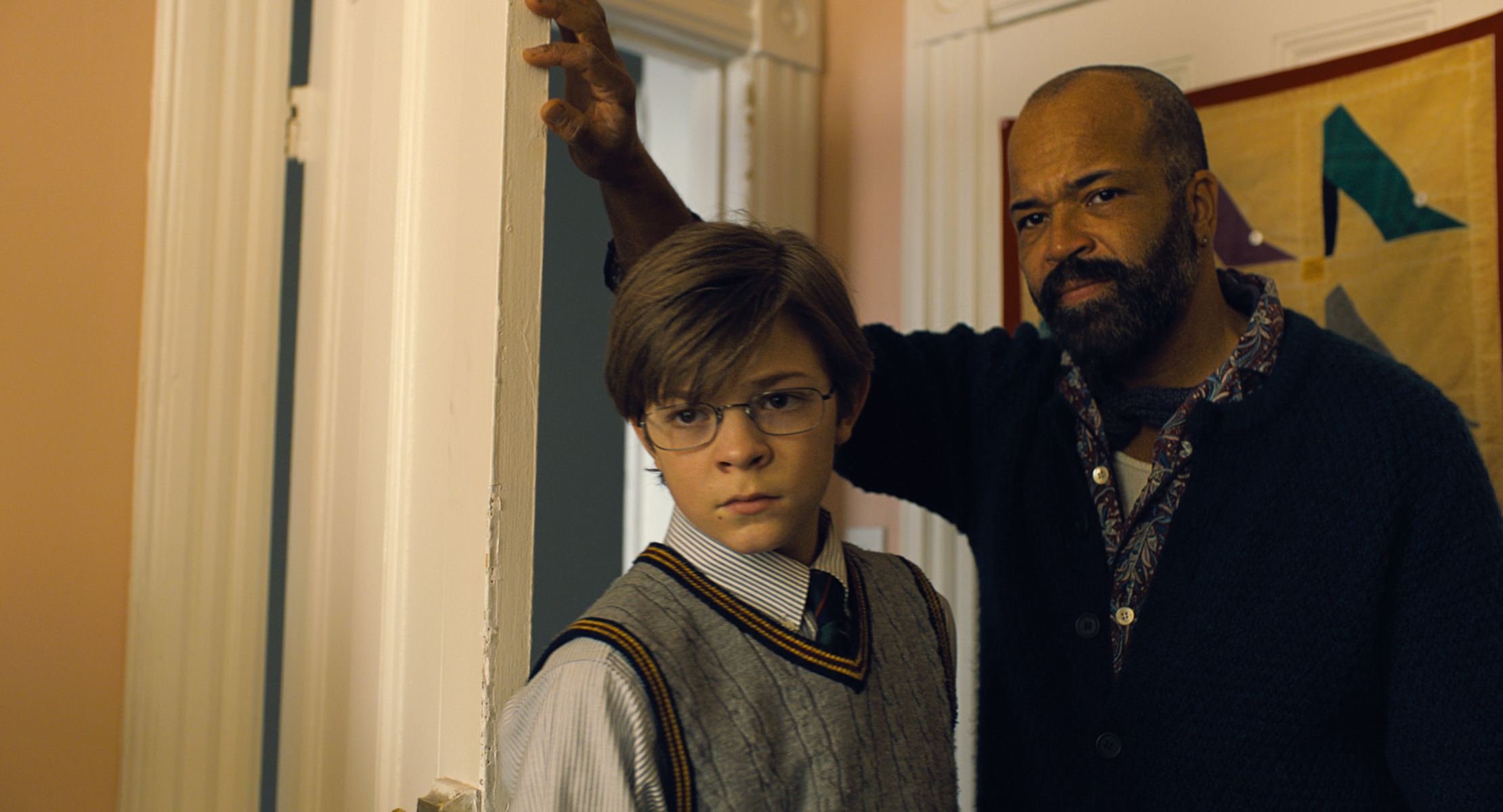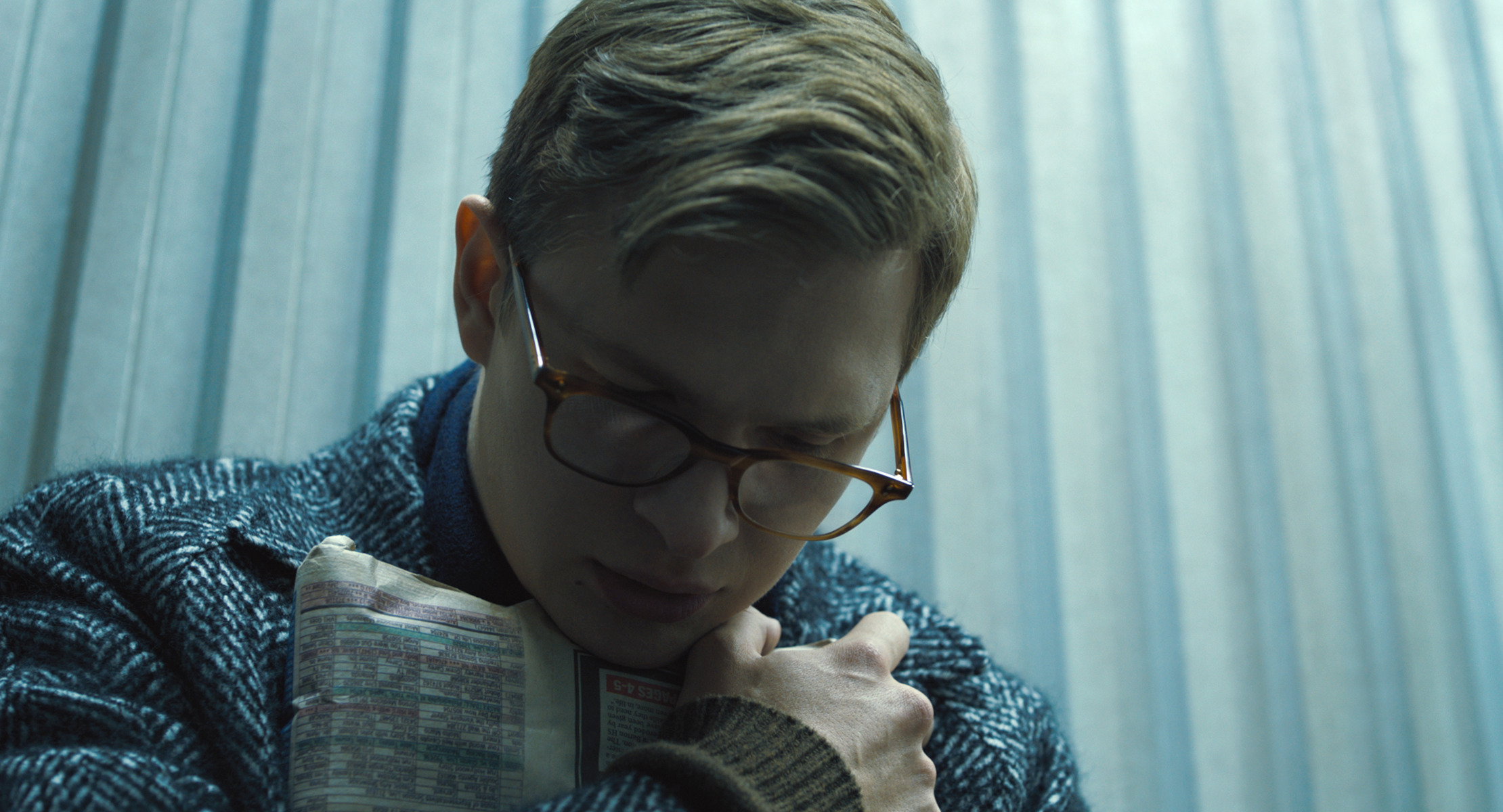
This article contains spoilers for both the novel and the film adaptation of The Goldfinch.
Donna Tartt’s novel The Goldfinch was met with widespread enthusiasm upon its 2013 release: it received the Pulitzer Prize for Fiction and spent over 30 weeks on the New York Times bestseller list. “Tartt has a special gift for writing about outsiders who come in from the cold,” Lev Grossman wrote in TIME. “However many times Tartt performs it, the trick never gets less magical.”
But the reception to the film adaptation, out Friday, has been much frostier. TIME’s film critic Stephanie Zacharek called it “a chained-up bird, so rigidly tethered to its source material it has nowhere to go.” The Times likened it to a “Pinterest page or a piece of fan art.” The film has a 26% rotten rating on Rotten Tomatoes.
Many of the negative reviews have pointed to the book’s length—a boundless 771 pages—as being fundamentally unsuitable for a film adaptation, and perhaps more fitting for a television miniseries. But there’s a long precedent of lenghthy novels receiving successful film adaptations, from Moby Dick (635 pages) to Gone With the Wind (1,037 pages). While the length of The Goldfinch certainly doesn’t work in its favor, there are several other reasons as to why this sprawling story proved challenging to adapt into a film.
The novel’s plot structure is too unconventional

Many successful films are built upon a five-act dramatic structure that has propelled narratives since Greek dramas, beginning with a gradual rise, building to a climax and ending with a resolution. But The Goldfinch possesses no such tidiness: It starts with a climactic tragedy (the bombing of the Metropolitan Museum of Art, which kills the mother of the protagonist, Theo) then listlessly drifts through surreal settings for hundreds of pages before a rushed, violent finish.
The book’s asymmetrical rhythm—long dormant stretches followed by wild lurches—is wholly purposeful: it’s meant to reflect the randomness of life, as well as the long road to recovery following trauma and PTSD. The book’s arid middle, set in Las Vegas, is one of its strongest sections: its expanse of sand and mosquitoes represents a purgatorial state that builds torturous suspense and fundamentally shapes Theo’s addictions and lawless streak. Its blurry stasis is so consuming that when Tartt whips Theo back to New York, it feels bracing, like emerging from a long underwater spell.
But in the film, this passage is not only condensed but mostly stripped of its nihilist overtones, and reduced to teenage hijinks and rote paternal conflict. Its brevity also makes Theo’s return to the Barbour family, which took him in after his mother’s death (and whose matriarch is played by Nicole Kidman in the film), predictable and tedious.
Meanwhile, the film’s murderous last act is teased so often—in flash-forwards to Theo wringing the blood out of his sleeves—that it loses the jolting, manic quality it has on the page.
Theo’s exterior is much less interesting than his inner turmoil

From the outside, Theo Decker (played by Oakes Fegley as a child and Ansel Elgort as a young man) is not a compelling film protagonist. He’s uncharismatic, passive and soft-spoken, often falling back on monosyllabic phrases in conversation. (His side of an entire exchange with his fiancée Kitsey reads as follows: “Whatever you think… No, I’m not… No, I’m just tired… Please, Kitsey, I’m tired.”)
But below his terseness, Theo possesses a teeming interiority and crushing pathos. When Theo says one thing, he’s usually thinking something much different—and the loss of this subtext in the film renders him wooden. For example, his comment to Kitsey that they move forward with their relationship with “head, not heart” is taken at face value in the film. But in the book, it’s followed by a lengthy outburst of anxiety and despair: “I felt nearly suffocated by the weight of everything unknown,” he admits to the reader.
Depressive bouts like this one are largely depicted in the film through sparse, drab voiceovers or scenes of him crushing up opioids. In contrast, the novel traces his agonizing and constant battle against depression and addiction through his writing, which is by turns cold and spastically detailed; he often projects his sorrow onto his surroundings. (“Above, the setting sun flared gaudy and inhuman, blood-red shelves of cloud that suggested end-times footage of catastrophe and ruin,” he writes of the Las Vegas sun.)
The movie also fails to take an imaginative approach to Theo’s substance-induced altered mindstates, which are frequent and essential to his character development, to show how far removed he becomes from reality. Tartt depicts an acid trip in vivid, hallucinatory language: “trembling shadows, static, hiss of unseen projector… dust-speckled and bright like a decaying piece of film.” In contrast, the same scene in the film features no special effects, quick cuts or color alterations; it’s simply Theo and Boris (played as a teen by Stranger Things‘ Finn Wolfhard) guffawing and wandering around a dark playground.
There’s insufficient time to render supporting characters’ depth

Tartt’s supporting cast constantly surprises with their tics and swerves. In the book, after Theo passes an initial judgment on each of them, their characterization deepens as the story unfolds.
But by no fault of the actors, the movie just doesn’t have the time to give them their proper due. The absent-minded and neurotic Hobie (Jeffrey Wright) is reduced to a bland, avuncular mentor. Theo’s mother (Hailey Wist), with her “merry, unpredictable quality” and “thrilling quickness, gestures sudden and light,” becomes little more than an angelic mirage. And Boris (played as an adult by Aneurin Barnard), the most memorable character of the novel for his singular pitter-patter dialogue, baleful exuberance and wordless expressiveness, serves more as a vessel for Theo’s self-destruction than a fully-realized person.
Meanwhile, the minor characters that breathe life into the book’s margins and shape New York as an active and mutating environment—from the protective doorman Goldie to the weathered mover Grisha to the slimy Havistock—are removed entirely.
The significance of The Goldfinch painting requires more layers than the movie can capture

The novel’s namesake, a 1654 Dutch painting by Carel Fabritius, is a Macguffin that serves many functions for Tartt. It’s an emotional anchor that brings Theo back to a version of history in which his mother is alive. It’s an impetus to explore art history and the ways in which art from centuries ago can still have a visceral affect on us. It’s a symbol of a New York City lost to terrorism and gentrification. And it positions the novel as a palimpsest: a piece of writing in which many other texts, paintings and historical figures—from The Wizard of Oz to Glenn Gould to Rembrandt to Proust—lie just below the surface.
At some points, Tartt spells out these meanings a little too cleanly. “The painting was the secret that raised me above the surface of life and enabled me to know who I am,” Theo says late in the novel.
But the untold connections with which Tartt imbues the painting fail to translate in the film, in which The Goldfinch is mostly, well, just a painting. It’s a plot device stolen, then stolen, then stolen again—it seems like it could have been replaced by anything. Instead of making you think about the lingering effects of trauma and the fickleness of fate, you simply end up wondering why everyone cares so much about a little bird.
More Must-Reads from TIME
- Why Biden Dropped Out
- Ukraine’s Plan to Survive Trump
- The Rise of a New Kind of Parenting Guru
- The Chaos and Commotion of the RNC in Photos
- Why We All Have a Stake in Twisters’ Success
- 8 Eating Habits That Actually Improve Your Sleep
- Welcome to the Noah Lyles Olympics
- Get Our Paris Olympics Newsletter in Your Inbox
Contact us at letters@time.com